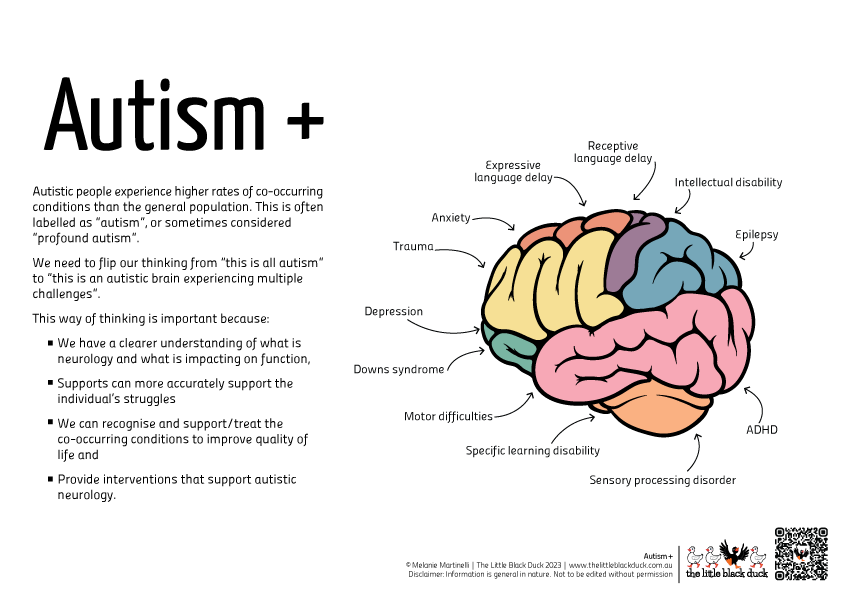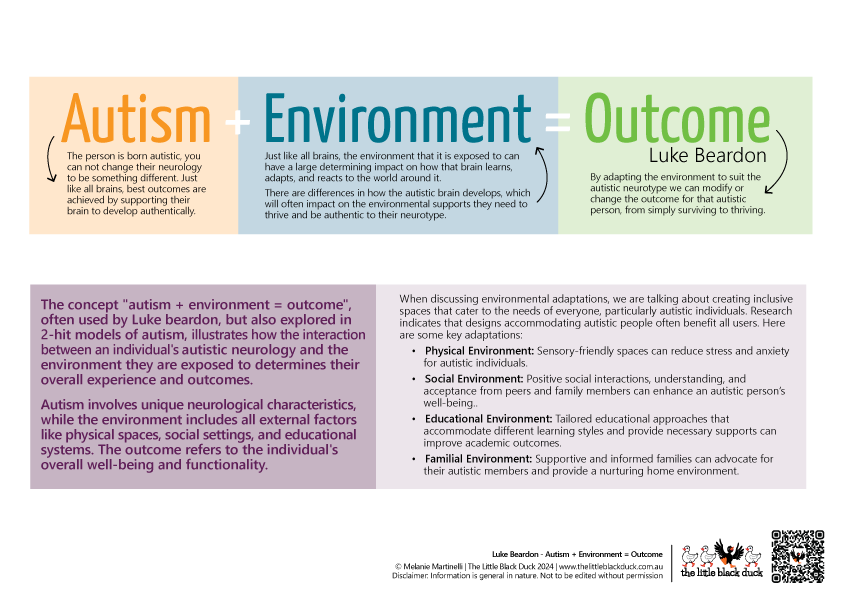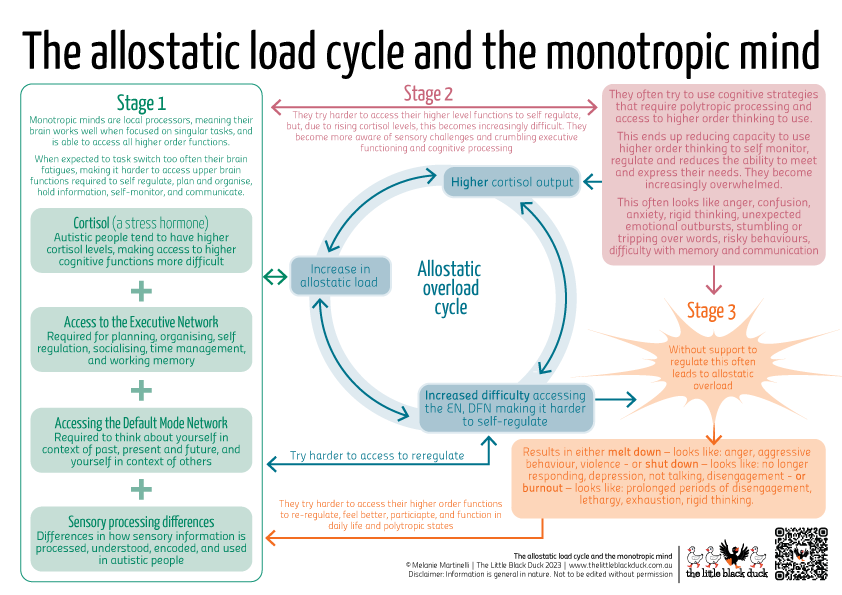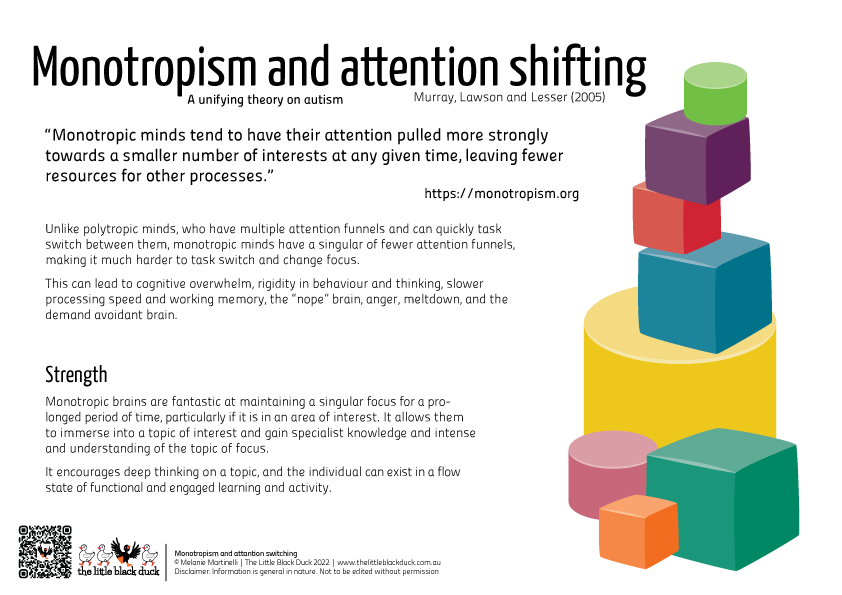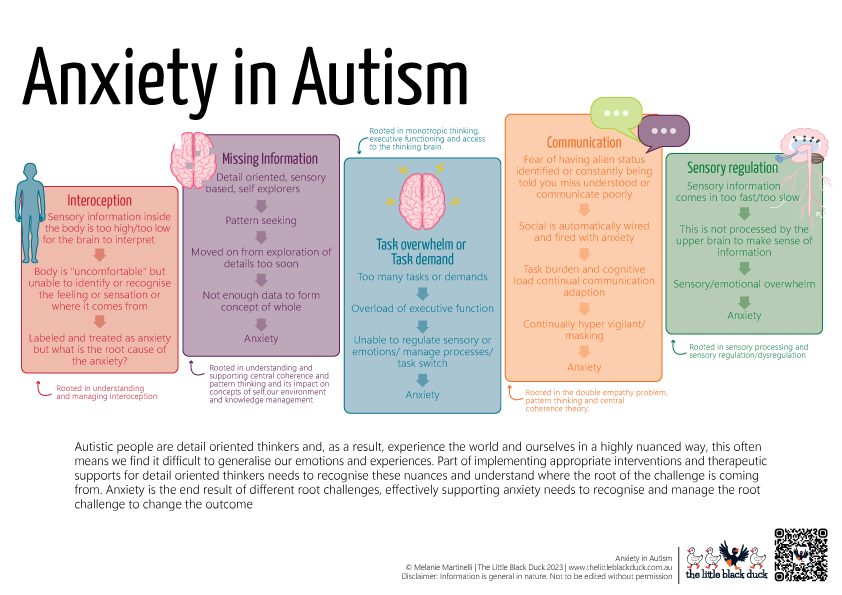The Double Life of Autistic Masking: What Others See
In the realm of autism, masking refers to the conscious or unconscious act of hiding one’s authentic traits and behaviours to blend in with societal expectations. The visual titled “In Front of the Mask: What Do Others See?” provides a striking overview of how masking manifests in social settings and the disconnect it creates between perception and reality.

The Illusion of “Fitting In”
From the outside, an autistic individual who masks may appear to be thriving:
- They are seen as polite, socially capable, and eager to please.
- They engage in conversations, maintain eye contact, and excel in roles that demand organisation and attention to detail.
- Others may label them as “the life of the party,” a great listener, or someone who always steps up to help.
However, these outward behaviours often stem not from genuine comfort but from a painstaking effort to conform. Masking allows individuals to navigate environments where their natural traits might be misunderstood or unwelcome. This can include suppressing stimming (repetitive movements) or rehearsing social scripts to avoid perceived judgment.
The Hidden Costs of Masking
What lies behind the polished façade is often far less visible but profoundly impactful:
- Emotional dysregulation at home, as the individual decompresses from the immense effort of masking.
- Exhaustion from the constant self-monitoring required to sustain this image.
- A sense of invisibility, as their true needs and experiences remain unacknowledged.
Masking can lead to long-term psychological effects, including burnout, anxiety, and a fragmented sense of self. It is important to note that masking is not always a conscious choice; societal pressures often compel autistic individuals to adapt in this way to avoid stigma or rejection.
A Call for Neuro-Affirming Spaces

As the visual rightly points out, the behaviours others see are not always reflective of an autistic individual’s genuine feelings or abilities. Recognising this is key to fostering environments where authenticity is celebrated, not hidden. Supporting neurodivergent individuals in shedding the mask involves:
- Providing acceptance that diminishes the need to mask in the first place.
- Encouraging open dialogue about needs, preferences, and boundaries.
- Offering accommodations and creating spaces where autistic traits are understood as strengths.
By shifting the focus from conformity to inclusion, we can ensure that autistic individuals feel empowered to present their true selves. This not only benefits the individual but also enriches communities with the diverse perspectives and talents that come with neurodivergence.



